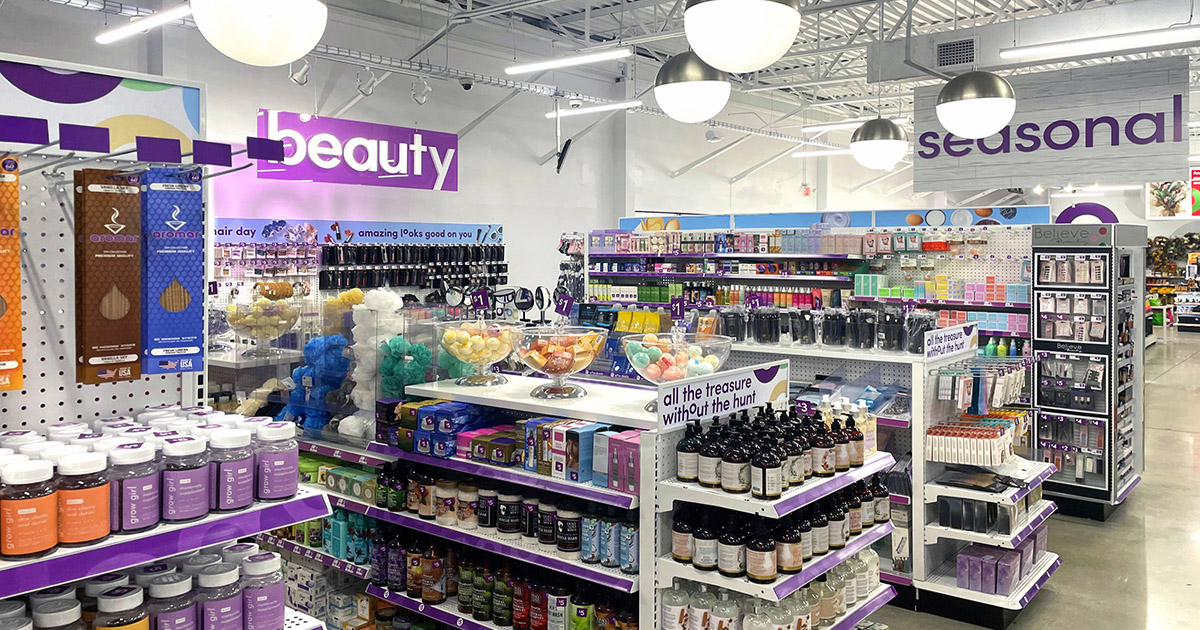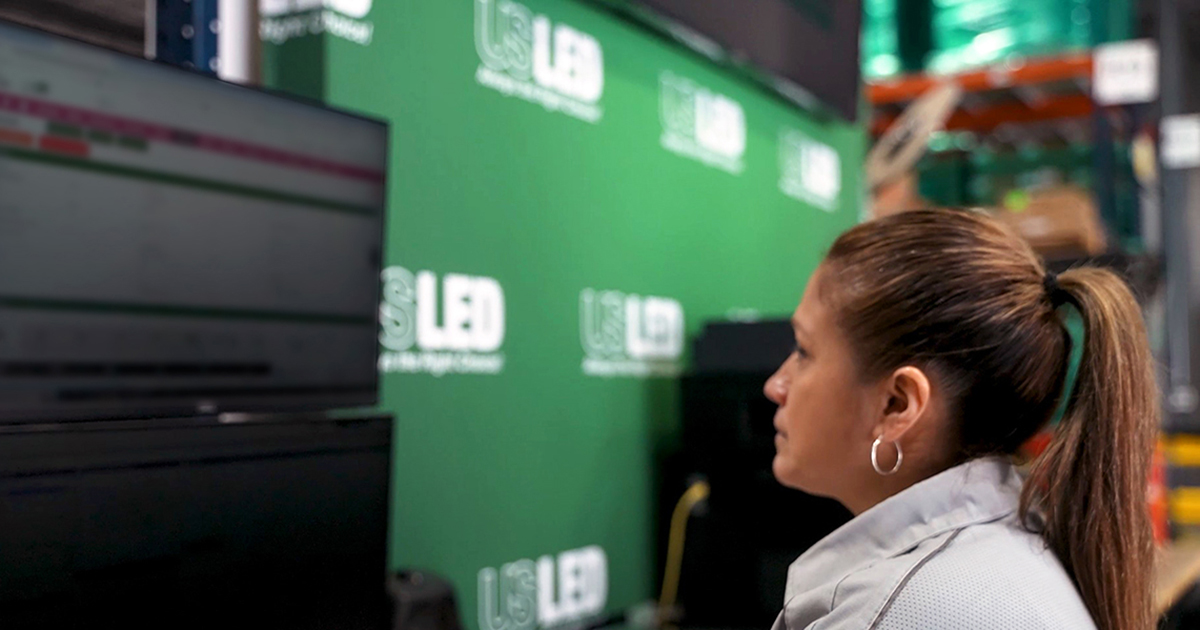
In part one of this series, US LED looks at how commercial property owners leverage financial incentives to decarbonize buildings and how Operational Efficiency Solutions (OES) work to eliminate waste to boost the bottom line.
The success of any business depends on its ability to be profitable and maintain growth, regardless of the industry or sector. For REITs, increasing net operating income for properties is crucial, while national retailers focus on growing store EBITDA. To achieve this profitability, organizations are constantly looking for that "low-hanging fruit" to eliminate waste that is quick and cost-effective. Operational Efficiency Solutions (OES) are a holistic approach to building energy management and reducing waste across an entire portfolio, ultimately advancing organizational ESG initiatives. While the complexities of addressing an evolving puzzle like energy management have yet to disappear, OES can simplify everything to reveal the true value of energy savings, decarbonizing properties, and expanding what is considered "low-hanging fruit."
Starting With Energy Efficiency
As energy costs continue to rise, there is a growing urgency to improve the efficiency of properties. Failing to act can unnecessarily delay lowering overhead costs and improving valuations for entire portfolios. To manage energy use effectively, businesses must adopt a range of Operational Efficiency Solutions like LED lighting, HVAC controls, and energy management systems (EMS). These solutions are crucial pieces of the energy management puzzle and implementing them will reduce overall demand immediately.
Most know that LED lighting is a sustainable technology that consumes up to 75 percent less electricity than outdated options like fluorescent or incandescent, resulting in significant savings. HVAC optimization involves using WiFi-enabled sensors, controllers, and thermostats to enhance the system to meet occupant demand and lowering run times by up to 40 percent, resulting in additional energy savings. Facility managers can then use an EMS to manage these interconnected building systems, optimizing the environment of a specific location or an entire portfolio for further efficiency, while having full line-of-sight to all buildings’ operational efficiency solutions. Connecting and monitoring these systems achieves immediate savings on the monthly utility bills.
Finding Funding For Projects
Implementing OES programs can help businesses optimize energy consumption and reduce overall spending. However, identifying and executing multiple efficiency projects across various locations without a dedicated staff can be daunting. Funding entire OES programs across the country can be challenging as well. With its in-house project management team working as your strategic OES provider, US LED can locate energy rebates and policy-backed incentives as well as available funding to overcome the challenges of implementing a full-portfolio OES transformation.
There are more than 3,000 utilities across North America, and the rebates and incentives offered vary depending on the geographic location. An OES provider like US LED can assist in identifying relevant lighting and control utility rebates for projects. They can also help prioritize sites for maximum ROI. For those who want to avoid CapEx projects, third-party financing partnerships offer flexible programs that allow projects to be completed without substantial out-of-pocket costs. The immediate energy savings then offset the monthly payments.
Businesses are now taking advantage of the updated 179D Energy Efficient Commercial Buildings Tax Deduction, which enables property owners to claim up to $5.00 per square foot for installing qualifying systems related to energy-efficient improvements. This tax deduction focuses on interior lighting and HVAC systems, and if qualified, organizations can cover a sizable portion of the implementation costs. However, due to the complexity of the qualification process, it's highly recommended that businesses work with an experienced OES provider who understands how to conduct a 179D engineering study and how to properly claim the deduction.
Organizations will quickly realize the significant impact that OES will have on their bottom line. OES enhances equipment longevity and functionality, adds leverage to existing personnel, and improves occupant comfort. It immediately reduces overall energy demand and delivers long-term benefits through its lengthening of equipment lifespan. The net tax savings and energy rebates combined with energy and maintenance savings significantly benefit organizations with paybacks as short as two years or less.
The economics favor an urgent response to implementation of Operational Efficiency Solutions in all its forms. It might even be profitable to revisit existing buildings with first-generation LED solutions where OES can capture energy savings and incentives again since efficiencies have doubled over the last decade.
Organizations are encouraged to assess their entire building portfolio to identify the many areas of efficiency improvement available from OES implementation. With extensive experience and capabilities implementing comprehensive OES services, US LED can make it easy for companies to quickly cut overhead costs quickly while minimizing their personnel involvement and liability. Start a conversation with US LED today to learn how they can become your strategic OES partner helping you navigate the changing and challenging energy landscape.












